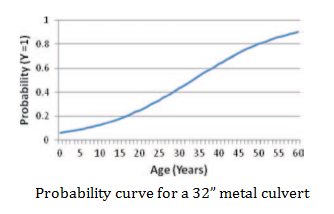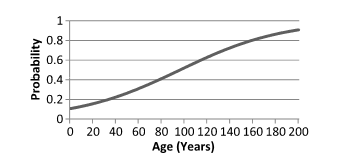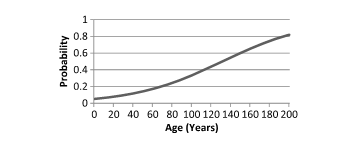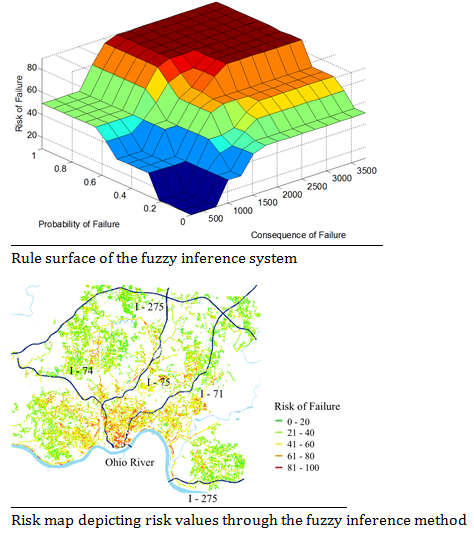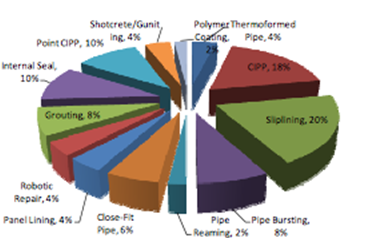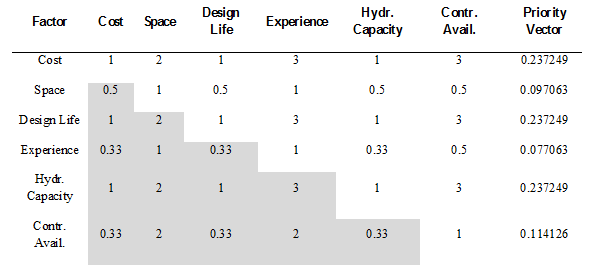Barış Salman – Infrastructure Asset Management, Deterioration Modeling, Risk Assessment
Culvert Asset Management Practices and Deterioration Modeling:
Salem, O., Salman, B, and Najafi, M. (2012). “Culvert asset management practices and developing a deterioration model for metal culverts.” Transportation Research Record: Journal of the Transportation Research Board No.2285, Transportation Research Board of the National Academies, Washington, D.C., pp. 1-7.
Drainage infrastructure systems and culverts constitute an important portion of highway assets that require routine inspections, maintenance, and timely repair and renewal. Variations in structural characteristics (i.e., material type, shape, and dimension), environmental exposure, and wide geospatial distribution of these infrastructure assets accompanied with strict budget restrictions pose significant challenges for transportation agency officials. Deterioration models are among the most essential components of an infrastructure asset management strategy. These models not only indicate the expected behavior of infrastructure assets under different conditions but also provide insight on the significant factors that affect infrastructure condition states. In this study, a review of previous studies on culvert asset management and factors that affect culvert performance and durability is provided. Current practices of transportation agencies with regard to management of culverts are examined. In addition, this study provides the steps involved in development of a preliminary deterioration model for metal culverts, which will allow decision makers to identify significant factors that affect the deterioration process and to prioritize inspection procedures. The preliminary deterioration model presented in this study is developed by employing binary logistic regression with a forward stepwise variable selection method on data obtained from the Ohio Department of Transportation. The output of the model is the probability that a circular metal culvert will reach a condition state that will require repair given its age and span values.
Probability curve for a 32” metal culvert
Modeling failure of wastewater collection lines using various section-level regression models
Salman, B., and Salem, O. (2012). “Modeling failure of wastewater collection lines using various section-level regression models”, Journal of Infrastructure Systems, 18(2), pp. 146-154.
Wastewater utilities are aiming to implement asset management strategies to minimize costly emergency repairs, to justify expenditures, and to optimize future renewal actions. Consequently, development of deterioration models that explain the behavior of wastewater lines and provide predictions regarding potential future condition levels is gaining importance. In this study, deterioration models are generated to estimate the probability of failure values for sewer sections. A set of variables was obtained by examining the inventory and inspection databases of a sewer network. Three statistical methods (ordinal regression, multinomial logistic regression, and binary logistic regression) were employed in successive steps. Proportionality of odds assumption was tested for ordinal regression models, and it was determined that this particular method was not suitable for modeling failure of wastewater collection lines. For the remaining two models, estimated condition ratings were compared with observed data. In conclusion, binary logistic regression model was found to be more suitable for predicting probability of failure than the multinomial logistic regression model.
Probability of failure curve for a combined vitrified clay pipe section (size =12 inches, length = 140 feet, slope = 2.5%, depth = 10 feet, road class = 1)
Probability of failure curve for a sanitary concrete pipe section (size =12 inches, length = 200 feet, slope = 1.5%, depth = 10 feet, road class = 1)
Risk assessment of wastewater collection lines based on failure models and criticality
Salman, B., and Salem, O. (2012). “Risk assessment of wastewater collection lines based on failure models and criticality.” Journal of Pipeline Systems Engineering and Practice, 3(3), pp.68-76
Deteriorating condition levels of wastewater networks and financial constraints are forcing sewer agencies to seek for methods to prioritize inspection of sewer pipes on the basis of risk of failure. Risk assessment of sewer pipes requires integration of the probability and consequences-of-failure values in a way that reflects the decision maker’s perception of risk. In this study use of a weighted scoring method to determine criticality of sewer pipelines was presented. The procedure involves identifying important factors, determining the relative importance of the selected factors, and summarizing the overall performance of sewer pipes in terms of these factors. Determination of risk of failure by combining the resultant consequence-of-failure values with the probability-of-failure values (found in another study) using simple multiplication, risk matrices, and fuzzy inference systems is presented. Application of these methods is illustrated by using the expert opinion and sewer network information obtained from a local wastewater agency. The resultant risk maps are expected to assist agency officials in identifying sewer-pipe sections that require immediate attention or close monitoring, along with sewer-pipe sections with lower risk of failure.
Use of trenchless technologies for a comprehensive asset management of culverts and drainage structures
Salem, O., Salman, B., Najafi, M., and Moawad, A. (2010) “Use of trenchless technologies for a comprehensive asset management of culverts and drainage structures.” Proc. International Conference on Pipeline Engineering and Construction, ASCE, Reston, VA
The rapid deterioration of aging infrastructure elements requires transportation agencies to make quick and reliable decisions. In previous studies, comprehensive infrastructure management strategies have been developed for the visible components of the highway system (e.g. bridges and pavement); however, culverts and drainage structures have often been neglected. In one of their previous studies, the authors investigated current culvert asset management practices of transportation agencies and also developed the inventory and inspection protocols necessary for establishing an effective culvert asset management program. This study builds upon the findings of this aforementioned research project and focuses on the application of trenchless technologies for inspection, construction, repair and renewal of culverts. In this study, relevant literature was reviewed and a written survey tool was generated to identify and characterize the trenchless technology methods for buried pipelines. A pool of departments of transportation and technology providers was asked to complete the written survey. Limitations of trenchless technologies in terms of their applicability to culverts were investigated. Lastly, a decision support tool was generated in order to help decision makers to identify the most preferred repair/renewal procedures given the condition of a culvert.
Trenchless technologies employed by companies







